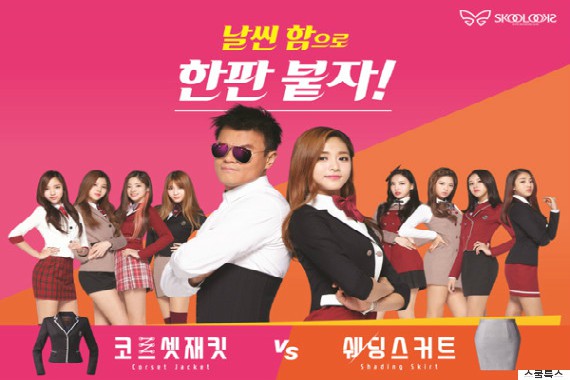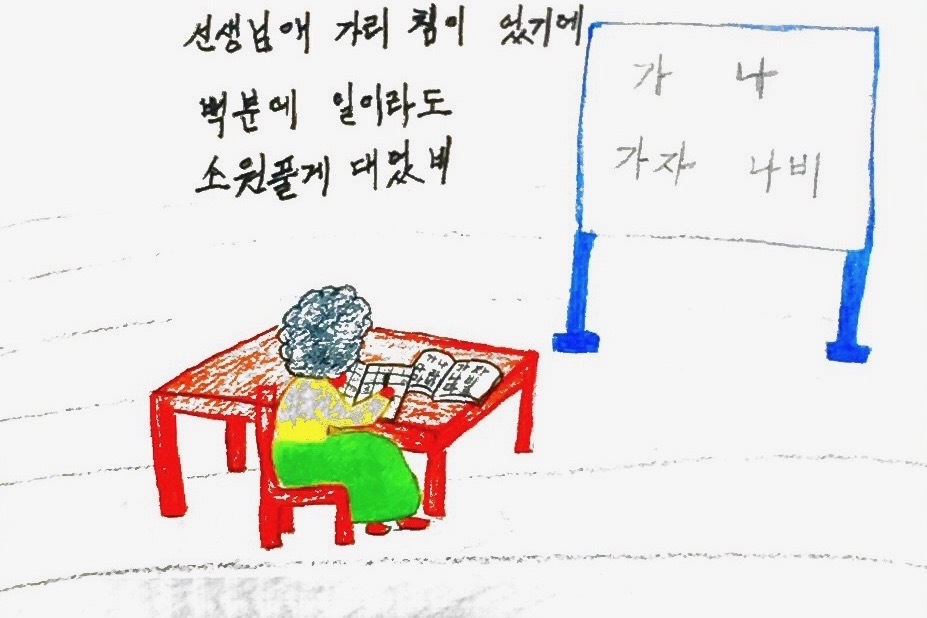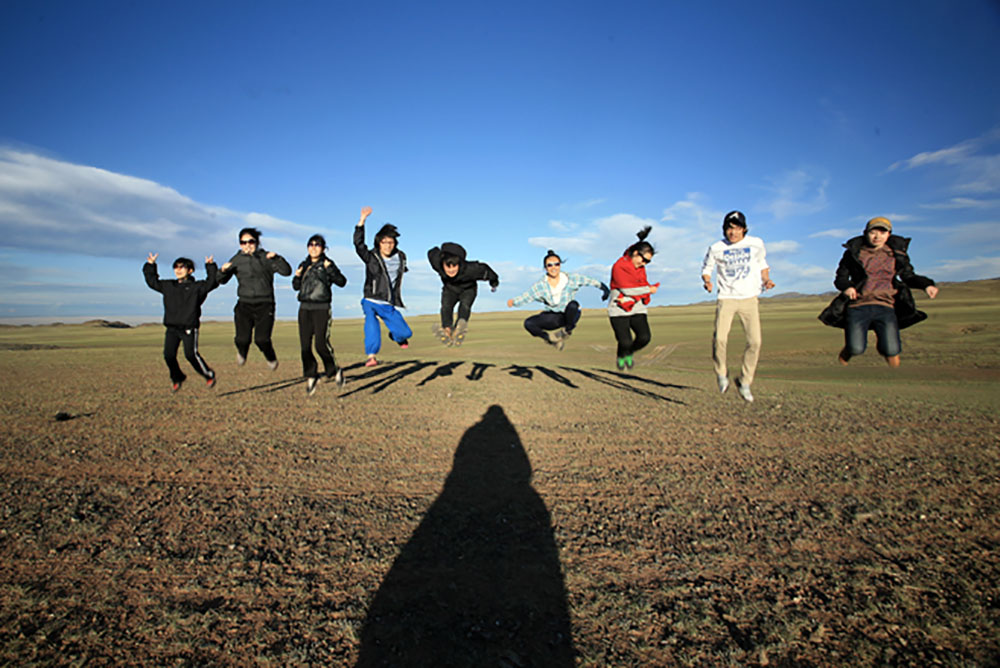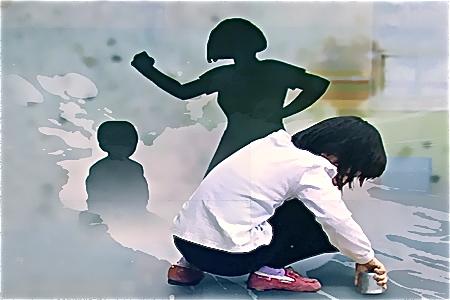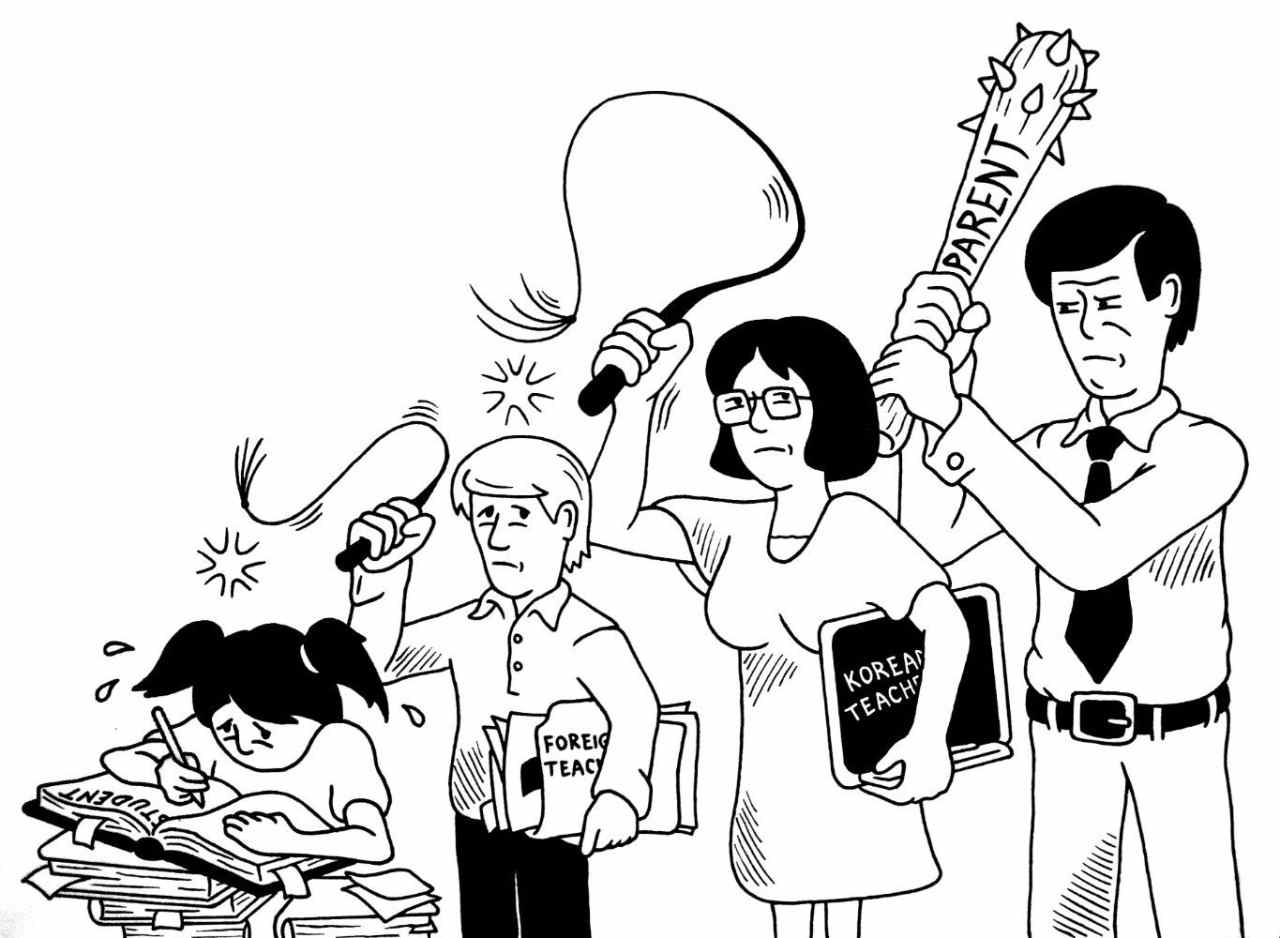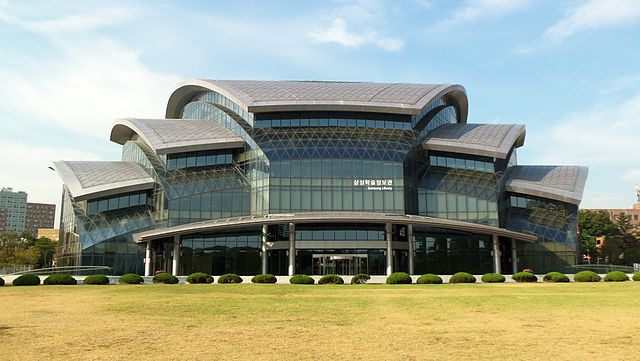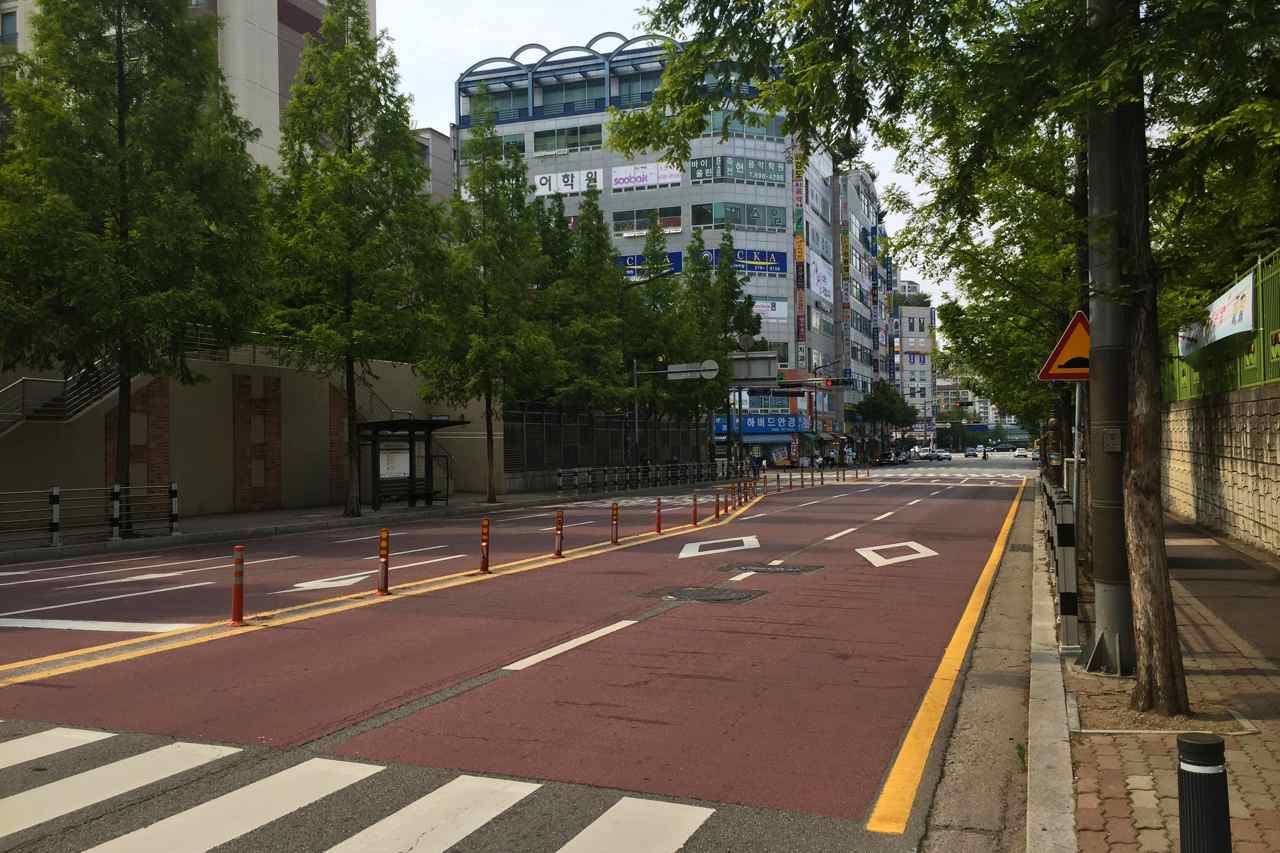education
89620
South Koreans Compete for Government Jobs as Economy Flounders
Last Thursday, a 30-year-old man committed suicide on a mountain near Mapo district, Seoul. He was a gongsisaeng — a student preparing to take a civil service exam for officials-to-be in lower levels of management. In his hand was a piece of paper on which he had calculated his score
Time to Stop Skirting the Issue: Sexualization of School Uniforms in South Korea
“3D bodyline.” “A tulip body-line to turn men’s heads.” “A skirt that really brings out those lines.” “Freely adjustable length.” Guess what kind of product this ad is promoting. It’s an ad for girls’ school uniforms. One Twitter user recently uploaded a photo
Poems From South Korea: Halmeonis Learn Hangul for the First Time
My halmeoni — “grandmother” in Korean as she is affectionately called — never studied beyond elementary school. In her family, education was reserved for the eldest male child; she helped out with farming and domestic duties. For most of my life, I didn’t even know she was
Beyond the 99%: Alternative Education in South Korea
Nearly two decades have passed since the first challenges to South Korea’s predominantly state-driven education sprang up. Can alternative schools change the country’s oppressive education climate? Yesterday, over 600,000 high school seniors in South Korea took an exam notorious for its competitiveness, high stakes, and the
Weekly Brief: Oct. 10th - 16th
Blacklist of artists surfaces The president’s office has blacklisted nearly 10,000 singers, authors, directors and other artists. The reason? They’ve either signed a petition criticizing the government’s response to the 2014 Sewol disaster or supported two opposition politicians, both of whom are likely to run
Children of Misfortune: Child Abuse in South Korea
Over dinner one evening, a South Korean journalist friend posed what seemed like a riddle: “Let’s say there is a high school reunion. One classmate is a Samsung executive with a high-school graduate for a son. Another is a security guard whose son attends Seoul National University. Who do
Hagwon Hierarchy
IKR for Korea Exposé Typical hierarchy at South Korea’s myriad English cram schools, better known as hagwon. Of course, there should be an even bigger guy labelled “fear of watching your child fall behind in a hyper-capitalist economy” standing behind the dad, but I ran out of space.
A Confucian versus Capitalism at South Korea’s Centuries-Old Institute of Learning
Sungkyunkwan University, in the heart of Seoul, boasts a history dating back to 1398. Photo by InSapphoWeTrust On South Korea’s blue 1000-won note is a picture of Sungkyunkwan, the nation’s centuries-old bastion of Neo-Confucianism steps away from the old Changgyeong Palace in central Seoul.
The quieter side of the MERS outbreak
Streets around a hagwon district in Jukcheon, Gyeonggi Province, are all but deserted as MERS forces schools and even private classes to go on a temporary hiatus. (Anna Park for Korea Exposé) It has been over two weeks since MERS landed in South Korea, and an unusual quiet has descended
The End of South Korea's Rural Schools
Every Wednesday I teach at what must be one of the smallest public schools in South Korea: Anpyeong Middle School, home to just seven students. Seven students. That’s two 7th graders, three 8th graders, and two 9th graders. The school is set to close next year. Its closing represents
An Assault Upon Our Children: South Korea's Education System Hurts Students
After my older brother fell ill from the stress of being a student in South Korea, my mother decided to move me from our home in Seoul to Vancouver for high school to spare me the intense pressure to succeed. She did not want me to suffer like my brother,

